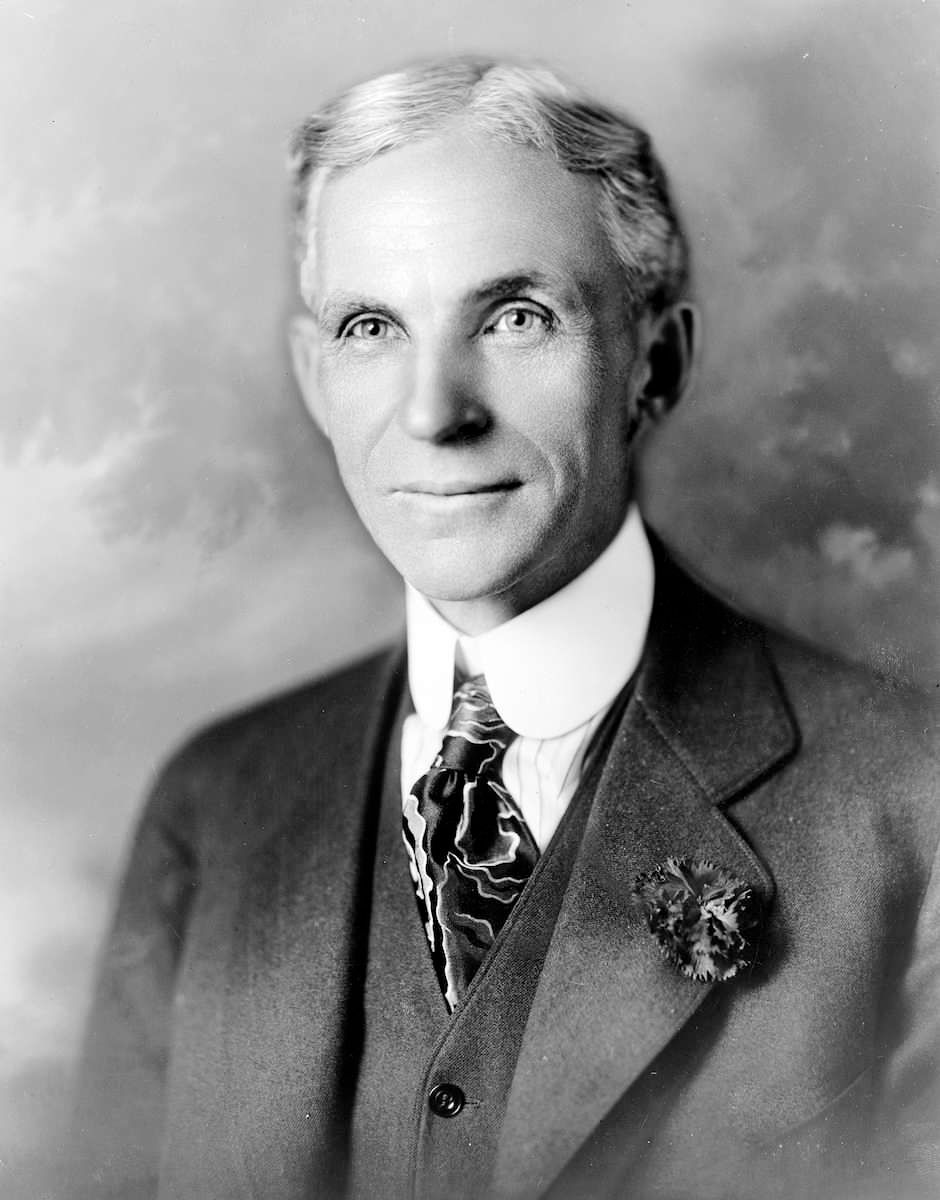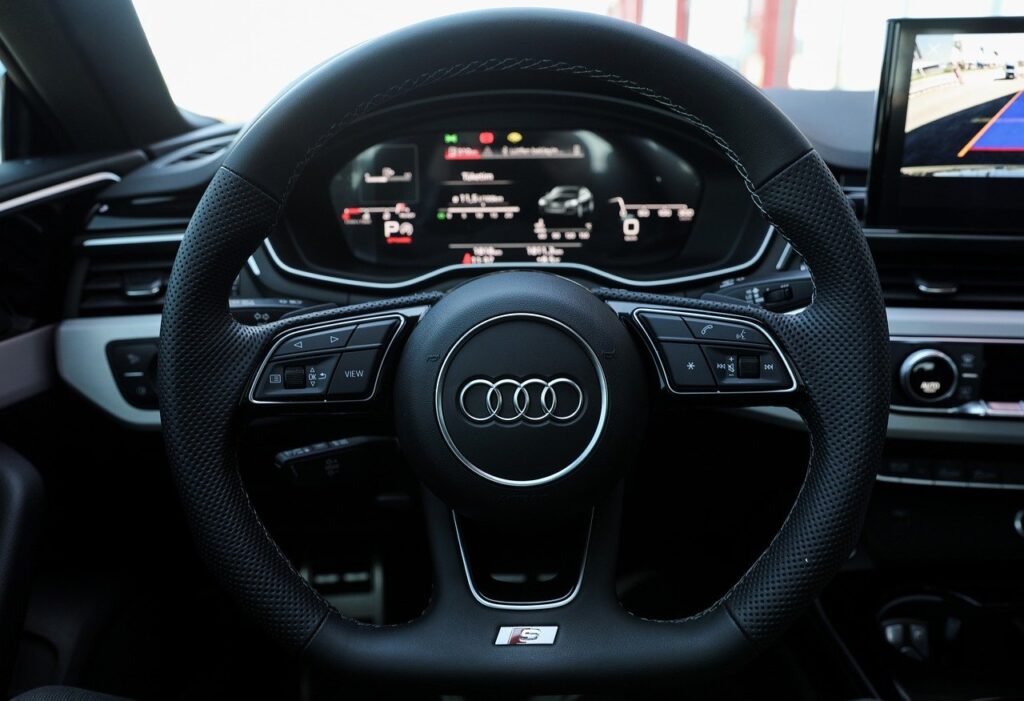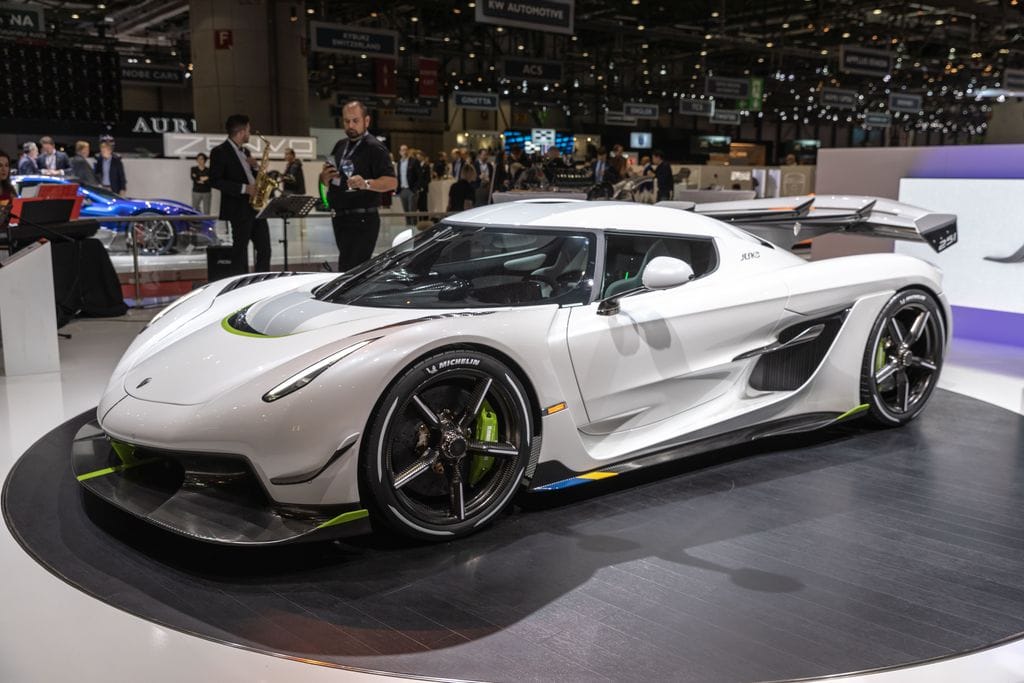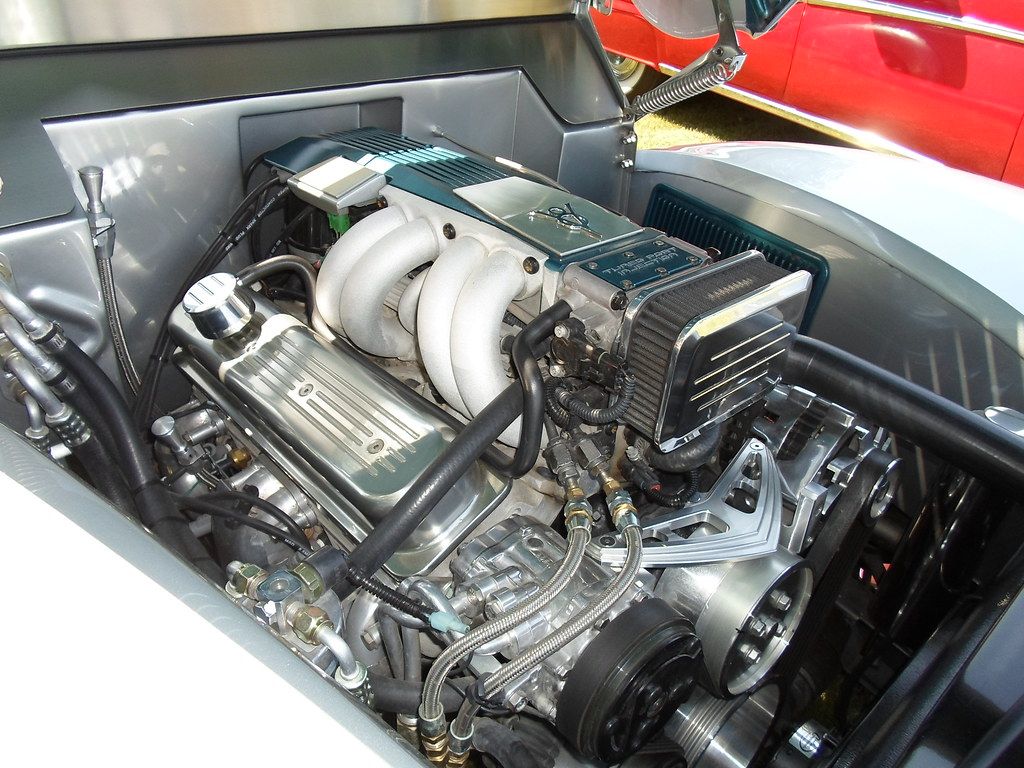
The roar of an engine, the sleek lines of a modern car, the freedom of the open road – for many, it’s more than just transportation; it’s a passion, a symbol of progress, and a testament to human ingenuity. From the humblest beginnings to today’s cutting-edge electric marvels, the automotive world is a vibrant tapestry woven with the threads of innovation, daring, and sheer willpower. But have you ever stopped to think about the incredible minds behind these magnificent machines?
Behind every revolutionary vehicle, every groundbreaking design, and every shift in how we move, there’s a story of an individual who pushed boundaries, sometimes even risking everything they had. These aren’t just names in history books; they are the true legends of the automotive industry – the engineers who dreamed, the inventors who built, and the investors who dared to fund the future. Their relentless pursuit of progress shaped not just how we drive, but how we live, work, and connect.
Join us on an exhilarating ride through time as we shine a spotlight on some of the most influential figures who revved up the auto world and forever changed the game. These are the trailblazers whose contributions laid the very foundations of an industry that continues to evolve at breathtaking speed, proving that a single brilliant idea can truly change the course of history.
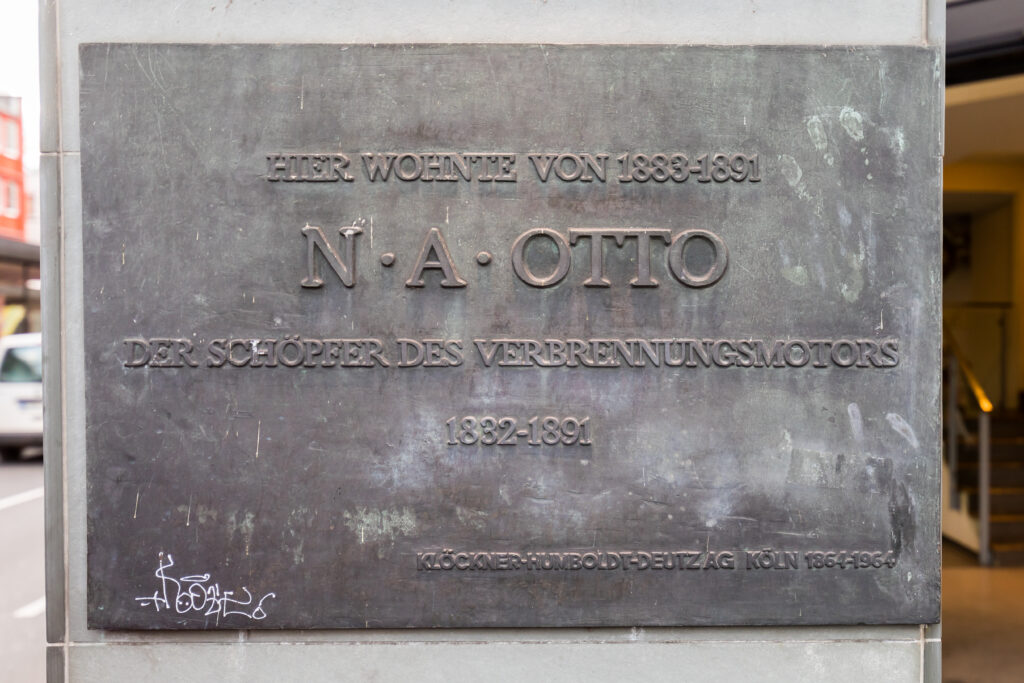
1. **Nicolaus Otto**
Imagine a world where steam power reigned supreme, noisy and inefficient, and the idea of a personal, petrol-powered vehicle seemed like science fiction. Enter Nicolaus August Otto, a brilliant German engineer who, in 1876, is famously credited with inventing the first practical internal combustion engine. This wasn’t just any engine; it was a game-changer, designed to run on gas instead of the ubiquitous steam, setting the stage for an entirely new era of propulsion.
His groundbreaking creation, soon to be famously known as the “Otto Cycle Engine,” was a marvel of mechanical design, utilizing four distinct strokes or cycles for each ignition. This efficient process was a significant leap forward, offering a more compact and manageable power source compared to its predecessors. It quickly demonstrated the immense potential for internal combustion technology beyond industrial applications, hinting at a future where personal transportation could be practical and widespread.
The true genius of Otto’s internal combustion engine lay in its ability to make petrol-powered vehicles a realistic proposition for the first time. It wasn’t just an improvement; it was a fundamental shift that literally ushered in the era of automobiles. His invention didn’t just power early vehicles; it ignited a revolution that would change the course of history for centuries to come, laying the indispensable foundation upon which all modern automotive engines are built.

2. **Gottlieb Daimler**
Hot on the heels of Otto’s monumental invention, another German visionary, Gottlieb Daimler, took up the mantle of innovation. With the invaluable assistance of his close friend Wilhelm Maybach, Daimler wasn’t content with just a practical engine; he sought to refine it, to make it suitable for something truly revolutionary. Together, they meticulously advanced Nicolaus Otto’s four-stroke engine design, pushing the boundaries of what was possible.
Their collaborative efforts culminated in the development of what would become the forerunner of the modern gasoline engine, a power unit far more refined and adaptable. It was this sophisticated engine that Daimler successfully used to build the world’s first four-wheeled automobile, a pivotal moment in transportation history. This wasn’t merely an experiment; it was a fully functional vehicle, demonstrating the immense potential of their advanced engine design to power personal mobility.
The V-shaped 2-cylinder 4-stroke engine developed by Daimler and Maybach proved so robust and efficient that its fundamental principles still serve as the foundation for today’s automobile engines. Recognizing the commercial potential of their work, the two German engineers founded the Daimler Motoren Gesellschaft (Daimler Motors Corporation) in 1890. Initially focusing on the commercial production of engines, their enterprise soon expanded to include automobiles, cementing their legacy as true pioneers in the nascent automotive industry.
Read more about: Bawse-Level Bling: The 10 Most Shocking Custom Paint Jobs in Rick Ross’s Legendary Car Collection

3. **Karl Benz**
When we talk about the very origins of the automobile, one name consistently rises to the top: Karl Friedrich Benz. Widely celebrated as the “father of the automobile industry” and affectionately known as “the father of the car,” this remarkable German automotive engineer is renowned for developing the world’s first practical automobile. His vision and perseverance transformed a complex mechanical idea into a tangible, usable machine that captured the imagination of the world.
Benz’s pioneering creation was a distinctive three-wheeled vehicle, elegantly designed and powered by a 4-stroke gasoline engine, a direct descendant of the innovations coming out of Germany at the time. What truly set his work apart was not just the invention itself, but its formal recognition: he received a patent for it in 1886. This patent wasn’t just a piece of paper; it marked the official birth of the automobile as we know it and is believed to signify the first car to be produced in series, making it available to a wider—albeit still exclusive—audience.
His automobile company, which would grow to become the world’s largest car manufacturer in its early days, was a testament to his engineering prowess and business acumen. This early powerhouse eventually merged with Daimler Motoren Gesellschaft, a collaboration that brought together two of the industry’s titans. The result of this historic union is what’s famously known today as the Mercedes-Benz Group, a global icon that continues to carry the torch of innovation first lit by Karl Benz over a century ago.
Read more about: The Raw Truth: 10 Cars That Aced & Failed Crash Tests — Where Engineering Triumph Meets Genuine Disappointment
4. **Henry Ford**
It’s hard to imagine the modern world without the automobile, and for that widespread accessibility, we owe an immense debt to Henry Ford. Unarguably one of the most influential persons in automotive history, Ford’s genius lay not just in invention, but in the revolutionary idea of making cars available to the masses. His vision transformed the automobile from a luxury item for the wealthy into an indispensable tool for everyday life.
The cornerstone of this transformation was Ford’s Model T, a vehicle that quite literally revolutionized the auto industry upon its release in 1908, just five years after the inception of the Ford Motor Company. This durable, affordable, and relatively simple car ushered in a new era, marking the point where automobiles were no longer an exclusive indulgence. It became “the car for the great multitude,” fulfilling Ford’s democratic vision for personal transportation.
Ford didn’t just build a great car; he built a system to make it. His pioneering conveyer-belt assembly line, a true stroke of industrial genius, drastically sped up production and slashed manufacturing costs. Complementing this, he introduced a then-unheard-of $5 workday – twice the average daily wage at the time – and reduced working hours. Many believed these radical decisions would bankrupt the company, yet they did the opposite: they boosted efficiency, ensured employee loyalty, and further reduced production costs, creating a virtuous cycle.
The incredible success of Ford’s innovations meant that the price of the Model T plummeted from $825 in its early days to a staggering $260 by 1925. This affordability fueled unprecedented demand, and by 1927, Ford had sold an astonishing 15 million Model Ts. His unwavering commitment to efficiency, fair wages, and widespread accessibility didn’t just build a company; it fundamentally reshaped industrial production and democratized personal mobility, leaving an indelible mark on the 20th century.
Read more about: Global Icons of 2025: Discover the Top Figures Dominating Conversations and Shaping Our World
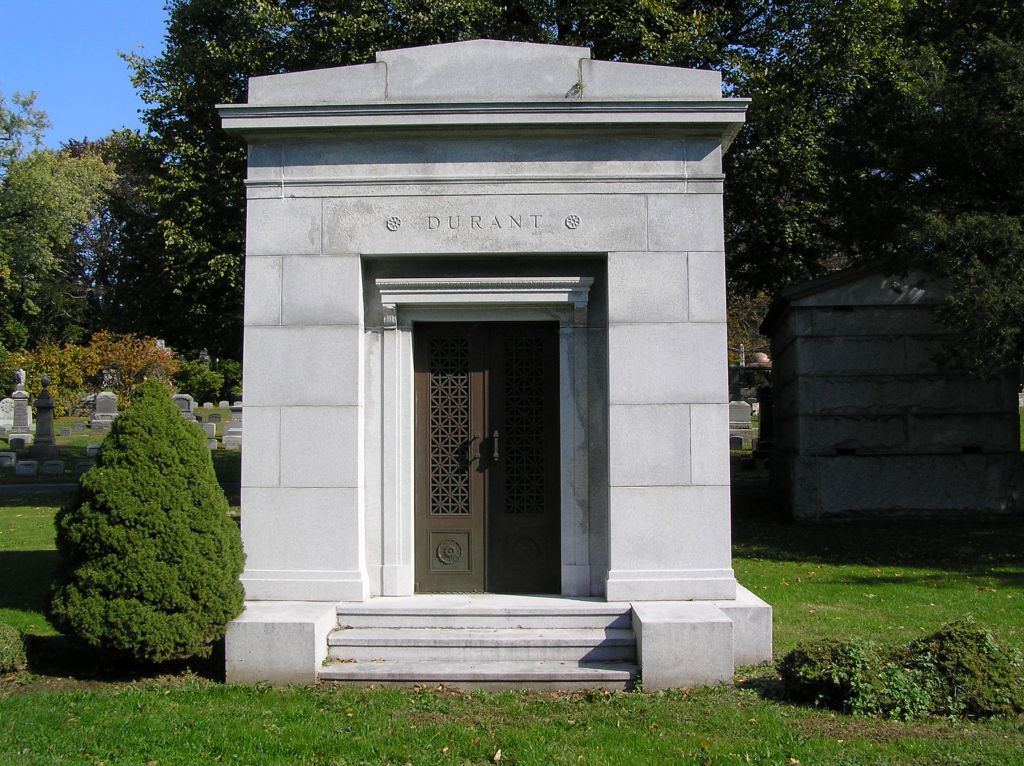
5. **William Durant**
While engineers like Otto, Daimler, and Benz laid the mechanical groundwork, it took visionary industrialists to build the empires. Among them, William C. Durant stands out as one of the leading pioneers of the auto industry, often regarded as the best salesman that ever lived. His strategic brilliance and entrepreneurial spirit were instrumental in shaping the corporate landscape of early automotive giants, leaving a legacy that still resonates today.
Durant’s influence was widespread and profound; he either co-founded, or played an absolutely crucial role in the development of, numerous automotive titans. Names like Buick, Chevrolet, Pontiac, and Cadillac all bear his imprint, alongside the broader household appliance brand Frigidaire. Most notably, he was the driving force behind the General Motors Corporation, which evolved from his highly successful carriage company in 1908, demonstrating his knack for spotting emerging trends and scaling businesses.
A key innovation attributed to Durant was his ingenious system of vertical integration. This structure allowed a single corporate holding company to encompass multiple, seemingly-independent marques, each offering different automobile lines. This foresight enabled GM to cater to diverse market segments while maintaining centralized control and efficiency. His contemporaries recognized his power, dubbing him “the Man,” even if J.P. Morgan, ever the realist, famously labeled him an “unstable visionary.” His complex but effective corporate strategies laid a blueprint for diversified automotive conglomerates.
Read more about: Inside the Legacy Vault: Unearthing LeBron James’s Most Precious Career Milestones

6. **Walter Chrysler**
The story of Walter Percy Chrysler is a classic tale of American ambition and mechanical prowess, a journey that began far from the automotive world. Born to a locomotive engineer, Chrysler initially honed his skills in the railroad industry, where he became an immensely skilled mechanic. This foundational experience with complex machinery and efficiency would prove invaluable as he transitioned into the burgeoning automotive sector, bringing a fresh perspective to manufacturing.
His entry into the auto industry in 1911 was facilitated by none other than Charles Nash, then-GM president, who offered him an executive job at Buick. It was here that Chrysler truly began to make his mark, masterfully cutting production costs and streamlining operations. His talent for efficiency and leadership quickly became apparent, propelling him through the ranks until he achieved the prestigious position of president at Buick, a testament to his rapid ascent and impact.
Chrysler’s reputation for turning companies around and demanding significant compensation was well-established. After his successful tenure at Buick, he worked with a couple of other firms, famously demanding and receiving an astonishing and then-unheard-of salary of $1 million per year while at Willys-Overland Motors. This bold move underscored his value and the confidence he had in his transformative abilities, demonstrating his power in a rapidly expanding industry.
In 1924, Walter Chrysler acquired a controlling interest in the struggling Maxwell Motor Company, seeing potential where others saw only decline. With his characteristic vigor, he re-organized it into the Chrysler Corporation in 1925, embarking on a mission to build exceptionally sophisticated automobiles. This strategic acquisition and subsequent rebranding paved the way for Chrysler to become one of the revered “Big Three” of Detroit, solidifying his status as a titan of the American automotive landscape and a figure who built an automotive giant from the ground up.
Read more about: Beyond the Stage: An Exclusive Look Inside Jay Leno’s Multi-Million Dollar Automotive Sanctuary
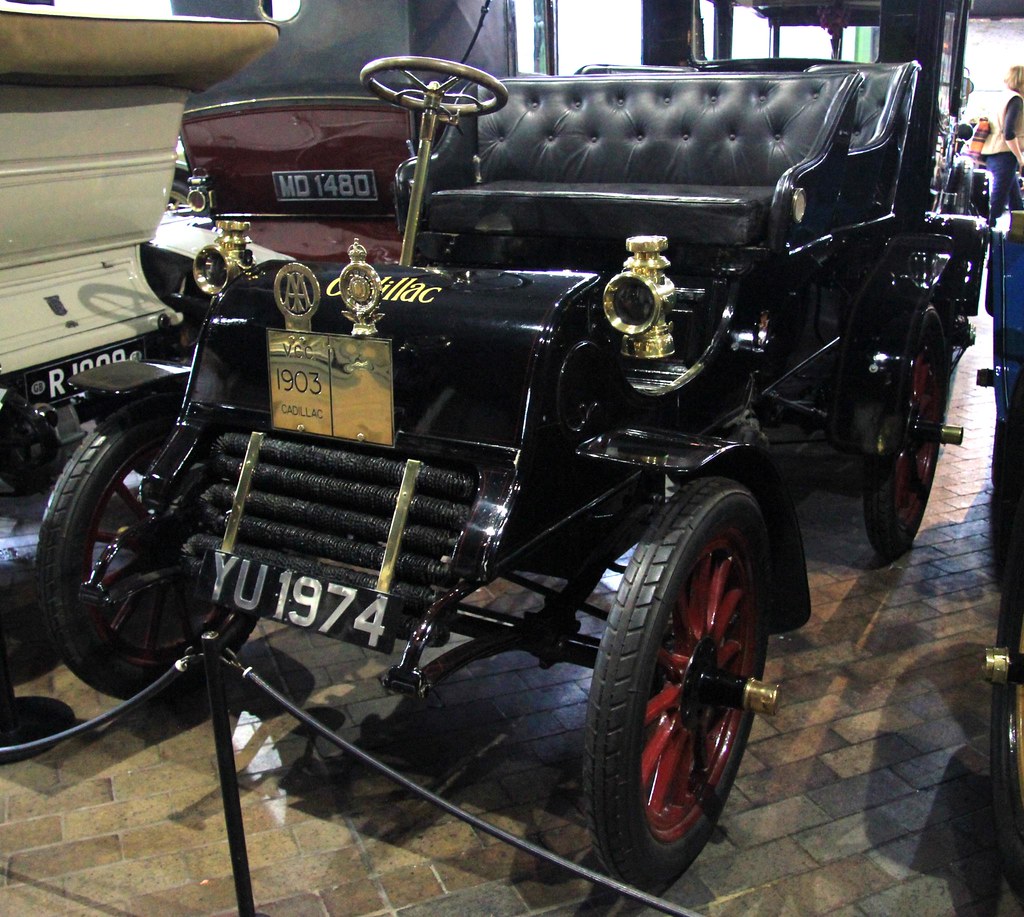
7. **Henry Leland**
You know those sleek, luxurious rides from Cadillac and Lincoln that scream prestige? Well, you can thank the “Grand Old Man of Detroit,” Henry Martyn Leland, for bringing them into existence! This legendary figure didn’t just found two of today’s most iconic luxury marques; he also revolutionized the auto industry with precision engineering and the brilliant idea of using interchangeable parts. Imagine a world where every component had to be custom-made – Leland changed that game entirely!
Leland’s commitment to meticulous craftsmanship was evident from the start, elevating the standards for automobile manufacturing. He eventually sold Cadillac, a brand synonymous with American luxury, to General Motors in 1909. But even after this significant sale, Leland remained connected to the automotive giant, continuing to infuse his spirit of innovation into their operations, ensuring Cadillac maintained its cutting-edge reputation.
However, a pivotal moment arrived in 1917 when the U.S. Government approached Cadillac with a request to produce Liberty aircraft engines for WWI. General Motors’ then-supremo, Will Durant, a vocal pacifist, refused. This disagreement led to Leland’s departure, but it didn’t slow him down one bit. Instead, it fueled his next grand venture, proving that true visionaries don’t just solve problems; they create new opportunities.
With a hefty $10 million wartime contract in hand, Leland went on to form Lincoln, specifically to supply those crucial V12 Liberty aircraft engines. After the war concluded, these powerful engines became the inspiration for Lincoln’s initial automobiles, establishing the brand’s legacy of robust performance and sophisticated design. It’s a pretty cool origin story for a brand that still signifies elegance and power today, wouldn’t you agree?
Read more about: Unraveling the Enduring Legacy: Inside the Multifaceted History and Modern Uses of the Dollar Sign
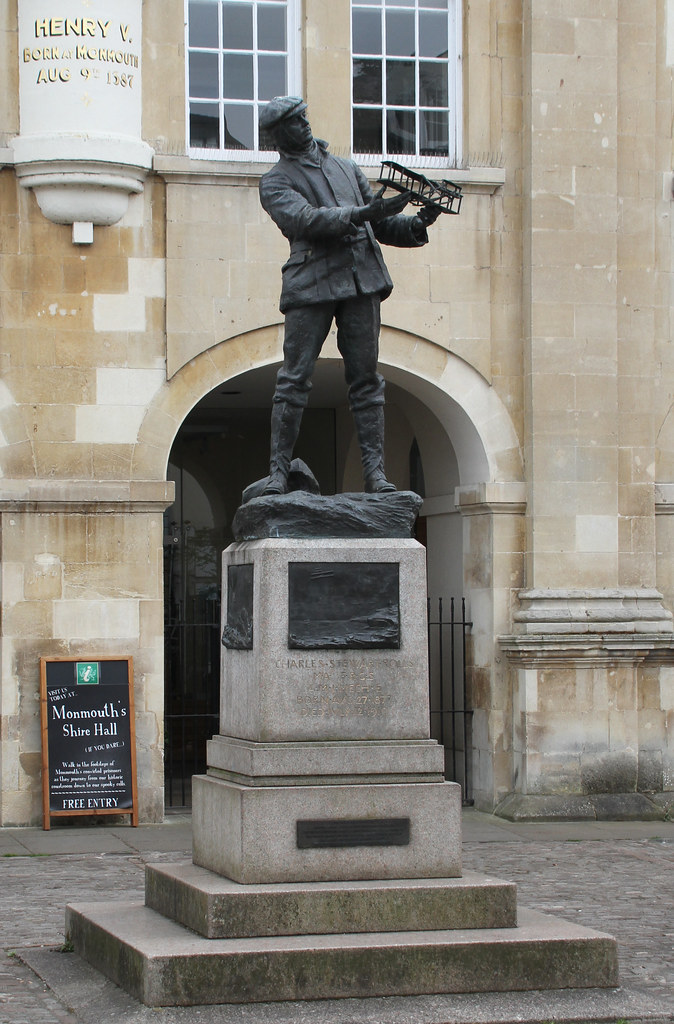
8. **Charles Rolls & Henry Royce**
If you’ve ever dreamt of owning a car that defines ultimate luxury, you’re likely thinking of a Rolls-Royce. The story of this legendary brand begins with an extraordinary partnership between two very different, yet equally brilliant, men: Charles Stewart Rolls and Henry Royce. Rolls, a British automobile and aviation pioneer from an aristocratic background, was not only a fearless motor racer but also a shrewd businessman who understood the power of public relations – a true influencer of his time!
Meanwhile, Henry Royce was nothing short of an automotive genius, a workaholic, and a self-confessed perfectionist who simply refused to compromise on quality. Their fates converged on a momentous day, May 4, 1904, at Manchester’s Midland Hotel. It was there they struck a partnership that would, against all odds, blossom into arguably the most prestigious auto badge the world has ever known. Talk about a power meeting!
Rolls was so utterly impressed by Royce’s engineering prowess that he famously declared to his business partner, Claude Johnson, that he had “found the greatest motor engineer in the world.” This unwavering pursuit of mechanical flawlessness became the very hallmark of every car sporting the iconic interlinked double-R badge. Tragically, Charles Rolls met an untimely end in a plane accident at the young age of 32, but his foundational contribution to the auto industry remains immense and undeniably significant.
Despite Rolls’ short life, the duo’s vision created a legacy that transcends generations. Henry Royce’s relentless commitment to perfection ensured that every vehicle produced under their name was an engineering marvel, a testament to the highest standards of automotive excellence. To this day, a Rolls-Royce isn’t just a car; it’s a statement, a symbol of unparalleled luxury and engineering integrity that continues to captivate enthusiasts worldwide.
Read more about: Unraveling America’s Automotive Ancestry: A Deep Dive into the Oldest Car Brands That Shaped a Nation’s Roads
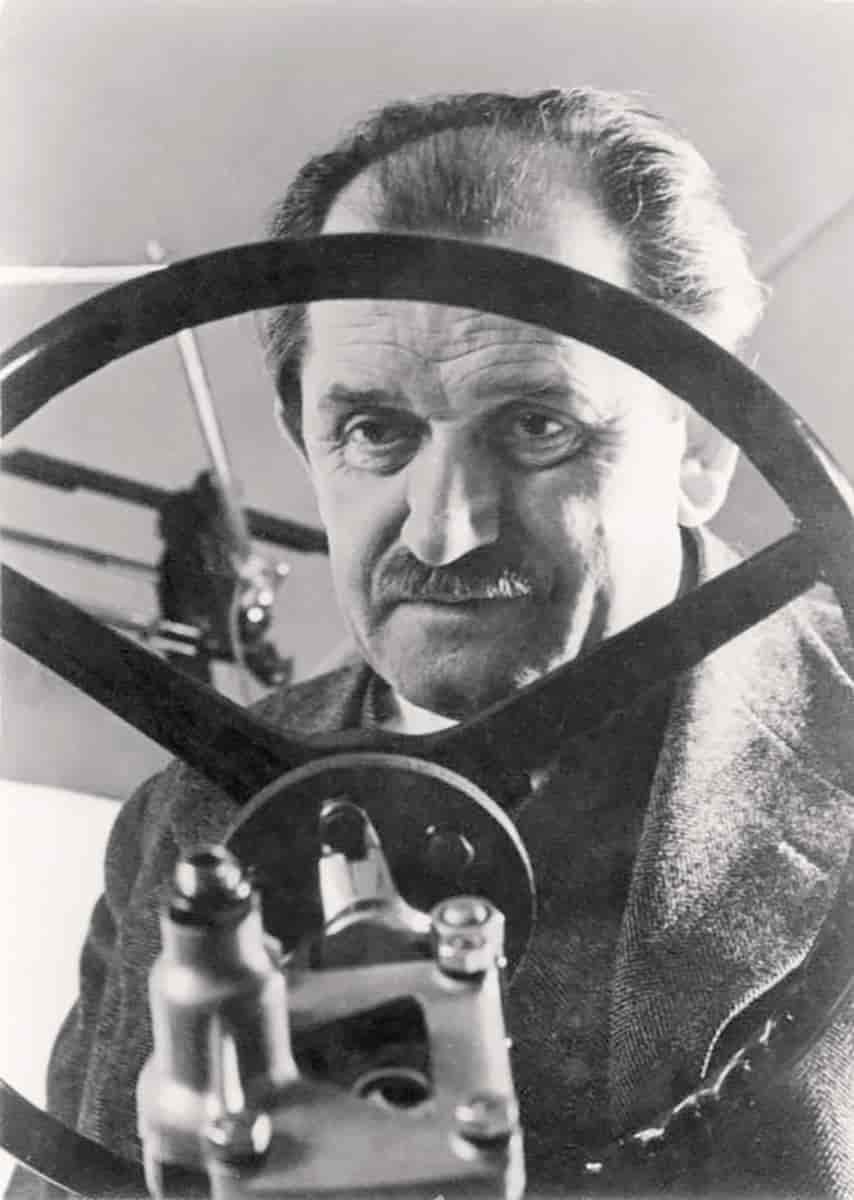
9. **Ferdinand Porsche**
From sleek sports cars that dominate racetracks to the ultimate “people’s car” that defined a generation, Ferdinand Porsche’s influence on the automotive world is simply colossal. This incredible engineer isn’t just the founder of the globally renowned Porsche AG; he’s also credited with building iconic vehicles like the high-performance Mercedes-Benz SSK and, yes, the legendary Volkswagen Beetle. Pretty impressive range, right?
It was in 1934 that Porsche received a contract from Hitler himself to design a “people’s car” – a Volkswagen. This seemingly simple request led to the creation of the Beetle, a car designed to be affordable, reliable, and accessible to the average family. Who knew that a government directive would lead to one of the most beloved and recognizable cars in history? It just goes to show how unexpected collaborations can birth automotive legends.
Beyond these monumental achievements, Porsche’s innovative spirit was evident much earlier in his career. At the dawn of the 20th century, he was already making waves by creating the world’s first gasoline-electric hybrid car, the Lohner-Porsche mixed hybrid. That’s right, he was exploring hybrid technology before most people even dreamed of electric vehicles! Talk about being ahead of the curve.
Ferdinand Porsche’s legacy is a fascinating blend of luxury, performance, and mass-market appeal. He founded one of the most popular and coveted car companies in the world, while simultaneously putting millions of families on the road with his pragmatic designs. His pioneering work, spanning from groundbreaking hybrids to sports car dynasties, truly cemented his status as a titan of automotive design and engineering.
Car Model Information: 2012 Volkswagen Beetle 2.5L
Sp: uk
Name: Volkswagen Type 1,”Beetle”
Caption: 1965–1966 Volkswagen Käfer
Manufacturer: Volkswagen
Alt: A front-three quarters view of a pale-yellow Volkswagen Käfer. It features 165/80R15 tires, which shod 15×4. 5″ silver, circular wheels. The Käfer features a beetle-like body, and its window is open. The picture is taken with much greenery in the background, and the photo was edited to give it a more warmer tone.
Aka: List of names for the Volkswagen Type 1
Assembly: #Markets and assembly
Designer: Ferdinand Porsche
Class: Small family car
BodyStyle: Sedan (automobile),convertible
Production: 1938–2003,21,529,464 produced
Successor: Volkswagen Golf Mk1,Volkswagen Gol#First generation (Typ30, 1980),Volkswagen New Beetle
Layout: Rear-engine, rear-wheel-drive layout
Engine: Petrol,Volkswagen air-cooled engine,1192 cc H4,1285 cc H4,1493 cc H4,1584 cc H4
Transmission: manual transmission,Saxomat,Autostick
Wheelbase: convert
Length: convert
Width: convert
Height: 1500 mm
Abbr: on
Weight: convert
Categories: 1940s cars, 1950s cars, 1960s cars, 1970s cars, 1980s cars
Summary: The Volkswagen Beetle, officially the Volkswagen Type 1, is a small family car produced by the German company Volkswagen from 1938 to 2003. A global cultural icon known for its bug-like design, the Beetle is widely regarded as one of the most influential cars of the 20th century. Its production period of 65 years is the longest for any single generation of automobile, and its total production of 21.5 million units makes it the most produced car of a single platform in history and the second-highest of all nameplates manufactured in the 20th century.
The Beetle was conceived in the early 1930s. The leader of Nazi Germany, Adolf Hitler, decided there was a need for a people’s car—an inexpensive, simple, mass-produced car—to serve Germany’s new road network, the Reichsautobahn. The German engineer Ferdinand Porsche and his design team began developing and designing the car in the early 1930s, but the fundamental design concept can be attributed to Béla Barényi in 1925, predating Porsche’s claims by almost ten years. The result was the Volkswagen Type 1 and the introduction of the Volkswagen brand. Volkswagen initially slated production for the late 1930s, but the outbreak of war in 1939 meant that production was delayed until the war had ended. The car was originally called the Volkswagen Type 1 and marketed simply as the Volkswagen. It was not until 1968 that it was officially named the “Beetle”.
Volkswagen implemented designations for the Beetle in the 1960s, including 1200, 1300, 1500, 1600, 1302, and 1303. Volkswagen introduced a series of large luxury models throughout the 1960s and 1970s—comprising the Type 3, Type 4 and K70—to supplement the Beetle, but none of these models achieved the level of success that it did. In 1972, it became the best-selling car of all time, a position it retained for nearly three decades. Rapidly changing consumer preferences toward front-wheel drive compact hatchbacks in Europe prompted Volkswagen’s gradual shift away from rear-wheel drive, starting with the Golf in 1974. In the late 1970s and ’80s, Japanese automakers dominated some markets around the world, which contributed to the Beetle’s declining popularity.
The Beetle remains one of the best-selling cars of all time and is the first to sell over 20 million units. Over its lifespan, its design remained consistent, yet Volkswagen implemented over 78,000 incremental updates. These modifications were often subtle, involving minor alterations to its exterior, interior, colours, and lighting. Some more noteworthy changes included the introduction of new engines, models and systems, such as improved technology or comfort. The Beetle maintains a substantial cultural influence and is regarded as one of the most iconic vehicles in automotive history; its success largely influenced the way automobiles are designed and marketed, and propelled Volkswagen’s introduction of a Golf-based series of vehicles.
Get more information about: Volkswagen Beetle
Buying a high-performing used car >>>
Brand: Volkswagen Model: Beetle
Price: $13,985 Mileage: 27,389 mi.
Read more about: Why Classic Car Values Are Exploding: Unpacking the Market Surge and 14 Iconic Models Skyrocketing in Price
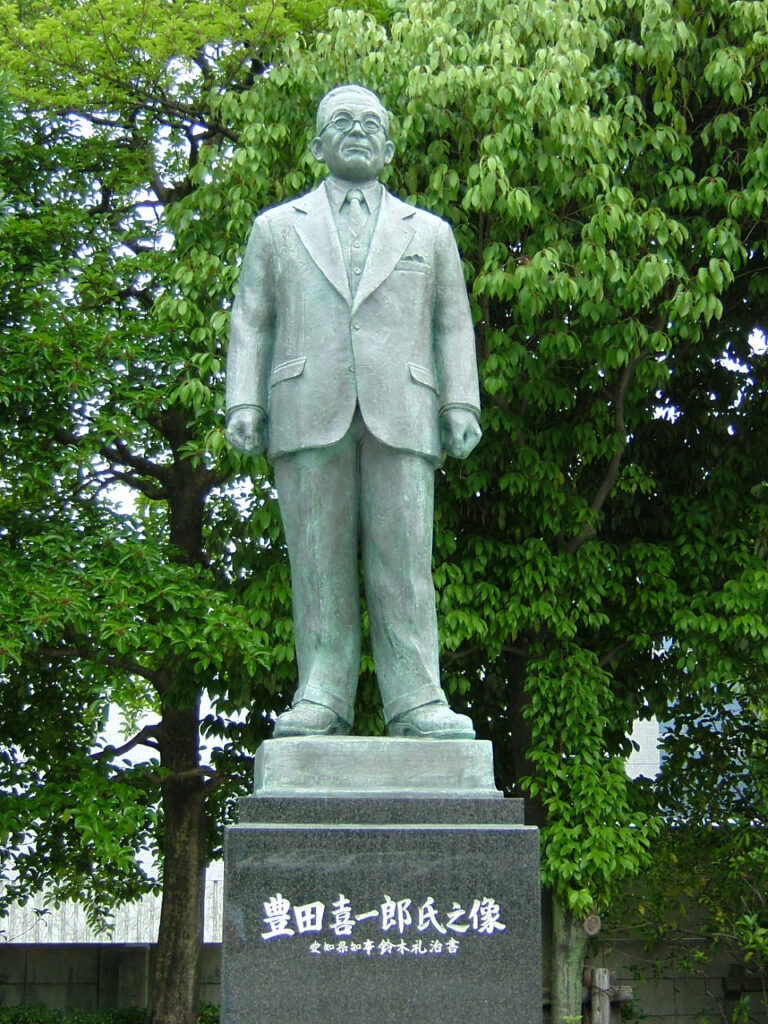
10. **Kiichiro Toyoda**
When you think of reliability, innovation, and sheer global scale in the automotive industry, one name undoubtedly springs to mind: Toyota. And behind this behemoth stands Kiichiro Toyoda, the visionary son of Sakichi Toyoda, who initially built a hugely profitable automatic loom business in Japan. But Kiichiro had a different kind of engine roaring in his heart; he was passionate about cars and saw a future beyond textiles.
Despite the risks involved in venturing into a completely new industry, Kiichiro successfully persuaded his family to pivot towards automobile manufacturing in the late 1920s. This wasn’t just a small side project; it was a bold, world-changing decision to build cars entirely from scratch in Japan. His core philosophy was simple but revolutionary: create vehicles that were more affordable, versatile, and reliable than anything foreign manufacturers offered.
It’s a reputation that the company, rebranded as Toyota, proudly maintains to this very day. Since its inception in 1937, Toyota has grown into the world’s largest motor vehicle manufacturer, selling over 230 million vehicles globally. Just think about that for a second! Forty-four million of those units alone are the iconic Corolla, a testament to Toyoda’s original vision for accessible, dependable transportation.
Kiichiro Toyoda’s strategic shift not only transformed his family’s enterprise but also profoundly impacted the global automotive landscape. His commitment to quality, affordability, and practical innovation created a blueprint for success that allowed Toyota to become a household name and a dominant force across every continent. It’s a truly inspiring tale of vision, perseverance, and building a global giant from the ground up.
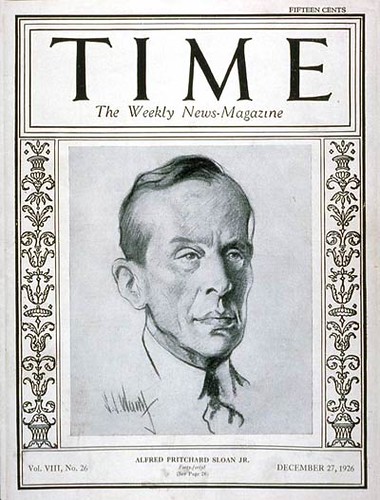
11. **Alfred Sloan**
If there’s one person who reshaped General Motors from a collection of disparate brands into a cohesive, unstoppable global powerhouse, it’s Alfred Pritchard Sloan. Widely regarded as the most influential CEO in GM’s history, Sloan orchestrated the company’s dramatic growth from the 1920s through the 1950s. Under his brilliant leadership, GM didn’t just become the largest automaker in the world; it transformed into the largest industrial enterprise on the planet. Talk about making an impact!
One of Sloan’s most ingenious moves was tackling the messy inter-brand competition that existed within GM’s various subsidiaries. He implemented a tactful pricing structure, meticulously organizing brands like Cadillac, Buick, Oldsmobile, Pontiac, and Chevrolet from most to least expensive. This clever strategy allowed GM to cater to consumers across every purchasing power and preference, ensuring everyone could find a GM vehicle that fit their needs and budget. Genius, right?
But Sloan didn’t stop there. He was a relentless innovator, introducing a slew of groundbreaking concepts that are now standard in the auto industry. Ever notice how car models get updated every year? That’s thanks to Sloan’s introduction of annual styling changes, keeping consumers excited and driving demand. And if you’ve ever financed a car, you can thank him for pioneering the auto loan credit system we all know and use today!
Sloan’s management wasn’t just about selling more cars; it was about understanding the market, segmenting it effectively, and creating a continuous cycle of desire and accessibility. His visionary strategies laid the groundwork for modern corporate management in the automotive sector, proving that leadership and strategic thinking can be just as revolutionary as mechanical invention. He quite literally put the “general” in General Motors, making it a force to be reckoned with.
Read more about: General Motors: Deciphering a Century of Automotive Milestones, Innovations, and Challenges for the Informed Consumer
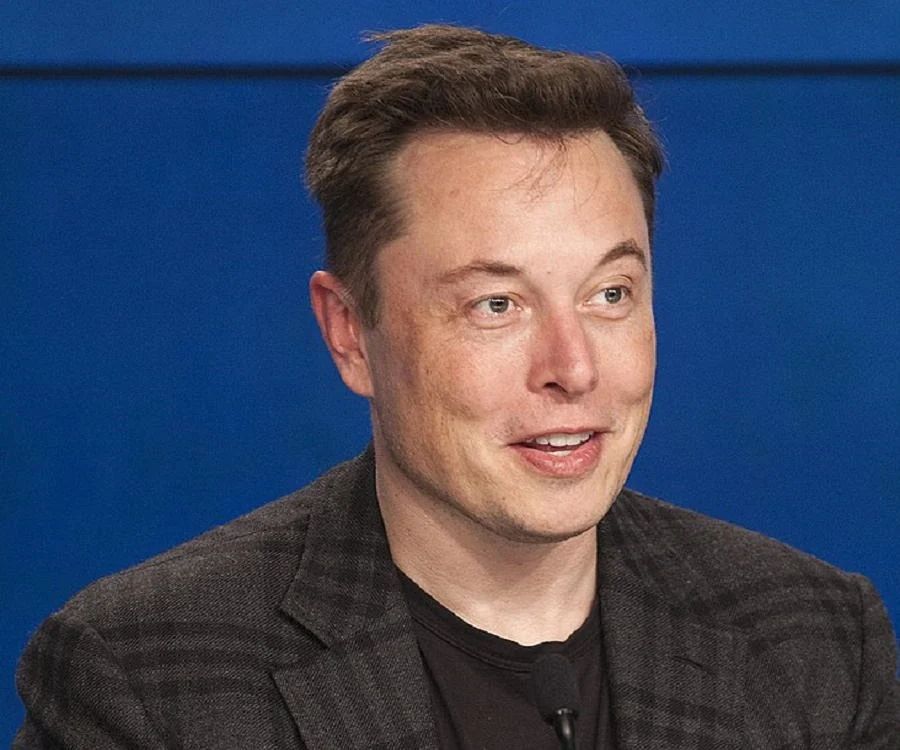
12. **Elon Musk**
Ready or not, the automotive world is rapidly going electric, and if there’s one person who has almost single-handedly accelerated that transition, it’s Elon Musk. The Tesla CEO isn’t just one of the richest people globally; he’s arguably the most influential individual in the auto industry today. His company, Tesla, remains the world’s most valuable automaker, standing far, *far* ahead of any rival, which is a mind-boggling feat when you think about it.
Now, let’s be clear: Musk didn’t invent electric cars, nor did he originally establish Tesla. But what he *did* do was something arguably even more impactful: he instigated and spearheaded the auto industry’s shift to electric vehicles with an unmatched intensity and vision. Before Tesla, electric cars were often seen as niche, impractical, or even a bit boring. Musk utterly obliterated that perception.
Through Tesla, he proved beyond a shadow of a doubt that electric cars could be reliable, incredibly luxurious, astonishingly cool, and packed with cutting-edge technology. He practically reinvented the wheel, showcasing that EVs weren’t just a greener alternative but a superior, high-performance option that could truly excite drivers. This wasn’t just a business move; it was a paradigm shift that sent ripples across the entire industry.
His audacious goals and relentless pursuit of innovation have forced every single traditional automaker to wake up, take notice, and either adapt rapidly or risk being left completely out of the game. Whether you’re a fan or a critic, there’s no denying that Elon Musk has propelled the auto industry several years ahead, making him an undeniable modern visionary whose impact will be felt for generations.
Read more about: Global Icons of 2025: Discover the Top Figures Dominating Conversations and Shaping Our World
And there you have it, folks! From the ingenious minds who first harnessed the power of internal combustion and democratized the automobile, to the visionary leaders who built iconic luxury empires and those today charting the course towards an electric future, the journey of the automotive industry is a captivating saga of human creativity and daring. These individuals weren’t just building cars; they were crafting dreams, pushing boundaries, and ultimately, moving the world forward. Their stories remind us that behind every shiny vehicle on the road, there’s a powerful narrative of innovation, resilience, and a dash of pure, unadulterated genius. So, next time you hear that engine roar or silently glide in an EV, take a moment to appreciate the legends who made it all possible.

